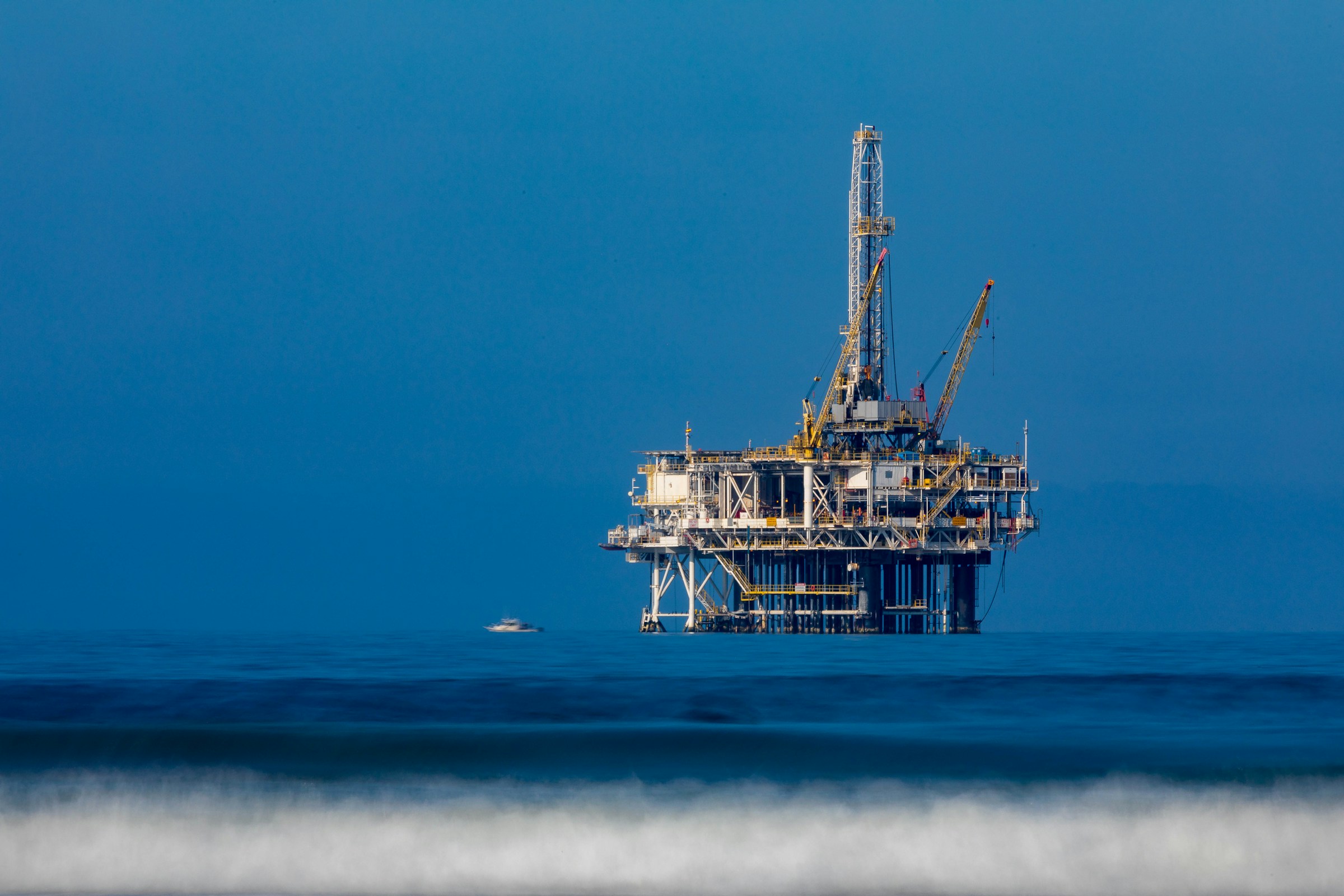Oil’s retreat to a two-month low is the clearest tell yet that markets are repricing supply conviction rather than demand fear. West Texas Intermediate briefly traded down to $61.94 before stabilising near $62–63, following an unexpected build in U.S. crude inventories and a starkly more comfortable supply outlook from both Washington and the International Energy Agency. The headline is simple—the oil hits two-month low—but the underlying shift is strategic: operators are being told the barrels will be there, and sooner than consensus cared to price.
Two datapoints did the heavy lifting. First, U.S. commercial crude stocks rose by roughly 3 million barrels against expectations for a draw, a weekly reminder that near-term balances are loosening, not tightening. Second, the IEA’s August Oil Market Report now pegs 2025 demand growth at just 680 kb/d while raising its supply growth view to about 2.5 mb/d, implying a more persistent surplus into 2026 if OPEC+ adds back volumes as flagged. Put bluntly, the agency is asking traders to model a fatter cushion. Prices obliged.
Washington’s guidance reinforces the same direction of travel. The EIA’s latest Short-Term Energy Outlook points to U.S. crude output averaging about 13.4 mb/d in 2025, with a late-year peak near 13.6 mb/d even as price weakness slows drilling. This is not a shale land-grab; it’s efficiency-driven productivity that keeps barrels on the tape longer than bears expect. That mix—high-productivity supply growth into a tepid demand trajectory—is exactly the recipe that caps rallies and rewards discipline.
Strategically, the divergence isn’t between bulls and bears; it’s between regions and business models. In the Gulf, national oil companies can lean on low lifting costs and policy alignment to add barrels while defending share. An OPEC+ step-up agreed this month gives Riyadh and its partners controlled re-entry latitude, and the IEA’s framing all but invites a measured unwind of voluntary cuts as long as prices stay orderly. In Europe, integrated majors remain in margin-management mode, tilting toward downstream and trading earnings to buffer an upstream price ceiling. The UK and continental refiners should also recognise the IEA’s note that global refining runs are approaching record highs—good for utilisation optics, less flattering for crack spreads if products follow crude lower.
For U.S. independents, the signal is to keep cash returns at the centre and avoid chasing volume into a soft tape. If the EIA is right about a productivity-led peak later this year and a gentle fade in 2026, the optimal posture is still “slow-walk growth, protect free cash flow.” The inventory build gives CFOs air cover to stick to that script. For airlines, chemicals, and logistics operators in the UK and MENA, the read-through is cleaner: hedge opportunistically on weakness, but don’t budget for a structural windfall. The IEA’s demand downgrade is incremental, not catastrophic, and geopolitics can still interrupt the glide path; execution beats speculation.
There is a contrarian risk worth holding in view. A string of below-trend refinery maintenance issues, any disruption in Russian or Iranian flows, or an OPEC+ pace that proves less predictable than advertised could tighten balances quickly off a low base. Yet today’s institutional messaging skews one way: inventories are adequate, supply growth is credible, and demand is no longer the hero of the story. Even Bloomberg and the FT framed the move as steadiness around two-month lows with a “glut” narrative resurfacing—language that tends to anchor boardroom conversations for longer than a single session.
What this says about the market is straightforward. The current sell-off is less a panic and more a repricing to policy-backed supply comfort. For operators, that means capital discipline travels; for buyers, hedges get cheaper but not necessarily smarter; and for OPEC+, optionality increases as long as cohesion holds. This pivot reads more like margin management than transformation—and for now, the tape is aligned with that reality.











.jpg&w=3840&q=75)

-1.jpg&w=3840&q=75)
.jpg&w=3840&q=75)
